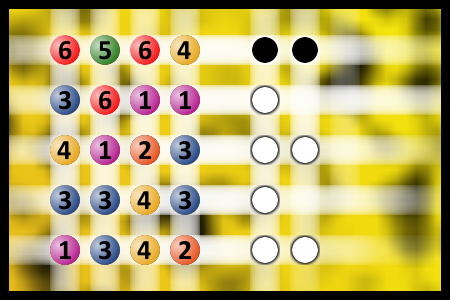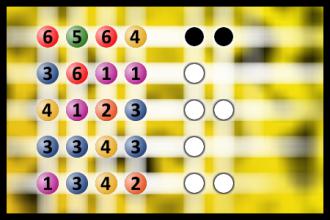Which is a winning combination of digits?
The computer chose a secret code (sequence of 4 digits from 1 to 6). Your goal is to find that code. Black circles indicate the number of hits on the right spot. White circles indicate the number of hits on the wrong spot.Correct answers: 58
The first user who solved this task is James Lillard.
#brainteasers #mastermind

Take Your Kid To Work Day
An 8 year old girl went to the office with her father on 'Take your kid to work Day'.
As they walked round the office she started crying and getting cranky.
Her father asked what was wrong.
As the staff gathered round she sobbed loudly, "Daddy, where are all the clowns you said you worked with?"

